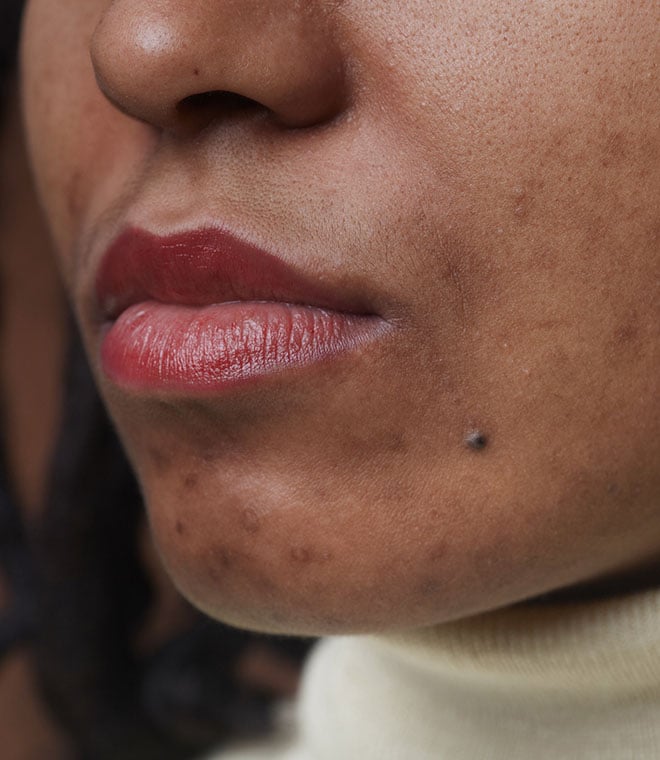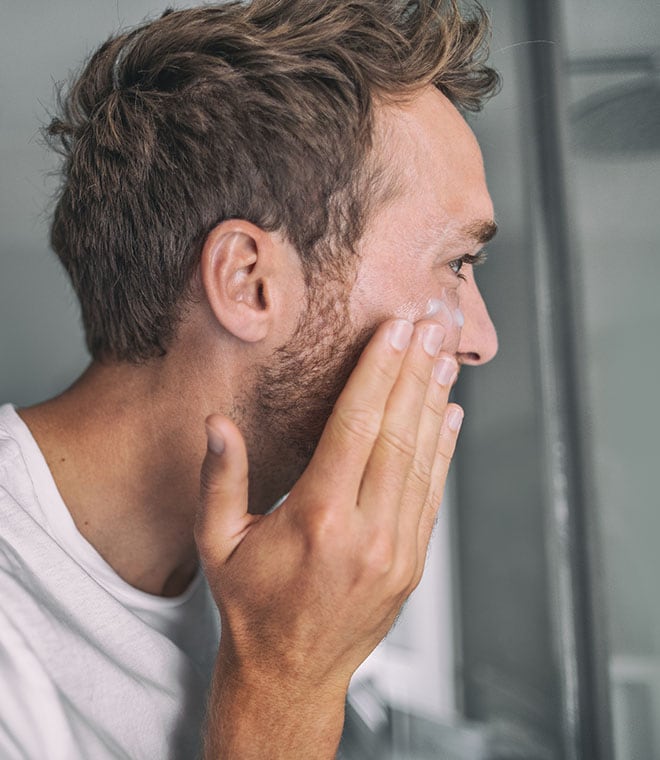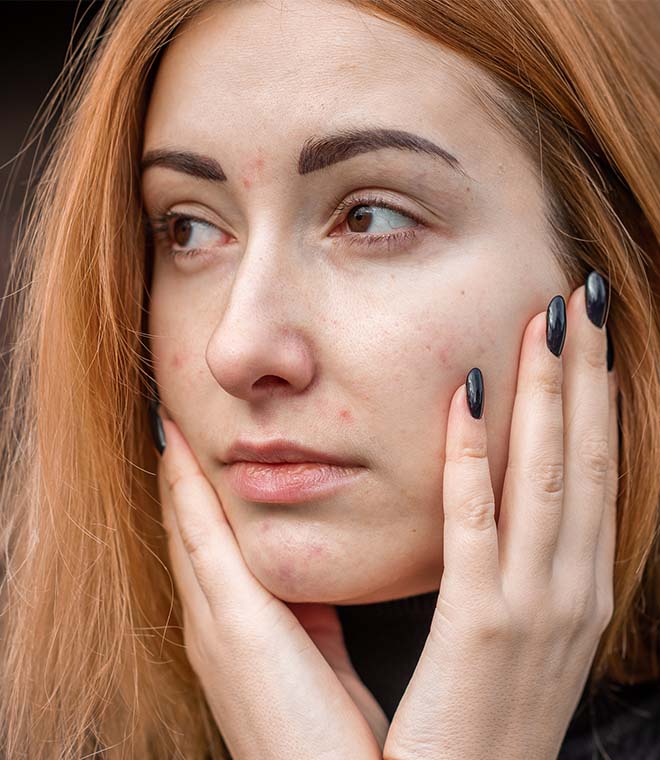Health
Beta hydroxy acid: Acne treatment and more
By Jesse Anaya, RN, BSN Mar 20, 2024 • 5 min
Beta hydroxy acids (BHAs) are commonly found in products that many of us use every day to help care for our skin in a number of ways. But what exactly are BHAs? And how do they compare with other ingredients used in skin care products?
BHAs are commonly found in acne treatment products, but they can be found in a number of other products as well. Whether your goal is to enhance your natural beauty, reduce the signs of aging or treat common skin conditions like warts, BHAs can play a role in skin care from head to toe.
What is BHA?
BHA stands for beta hydroxy acid. BHAs serve as chemical exfoliants. This means they enhance the natural process of shedding dead cells on the skin's surface layer.
What are BHAs used for?
When used appropriately, BHAs can be used to exfoliate the skin, treat some types of acne, and soften calluses, warts and corns. In shampoos, BHAs can reduce dandruff by helping to remove accumulated skin cells from the scalp. As a peeling agent, BHAs may benefit some people with psoriasis. The names of BHA ingredients include salicylic acid, beta hydroxybutanoic acid and trethocanic acid.
BHAs and sun sensitivity
All BHAs increase the skin's sensitivity to sun damage, so when using products containing BHAs, you should make sure to apply sunscreen, wear UV-protective clothing and limit sun exposure where possible. If you experience skin irritation from products with BHAs, stop using them immediately and contact your healthcare provider.
What is salicylic acid?
Salicylic acid is considered to be the most common type of BHA. It can help treat some types of acne, namely inflamed and noninflamed acne types, which affect up to 80% of the U.S. population at some point in their lives. Salicylic acid can be found in a number of acne products from facial washes and treatment pads to acne spot treatments.
By promoting the skin's natural cell turnover, salicylic acid can help with more than just acne. Over time, salicylic acid can reduce dandruff and soften areas of the skin that are affected by warts, calluses or corns.
You may find BHAs like salicylic acid in a number of products, including:
- Cosmetic masks
- Exfoliants
- Facial cleansers and body wash products
- Moisturizers
- Shampoos
- Toners
- Wipes
- Corn and callus cushions and pads
- Wart treatments
Salicylic acid may also help with keratosis pilaris. This is a condition, often appearing before age 2, where dead skin cells clog pores, causing bothersome bumps, itching and dryness. Keratosis pilaris can be a lifelong condition, and over-the-counter creams containing salicylic acid may reduce symptoms.
AHA vs. BHA
AHA stands for alpha hydroxy acid. Both alpha hydroxy acid and beta hydroxy acid are exfoliators used to treat various skin conditions, including acne, by gently dissolving dead skin cells. While BHAs and AHAs are very similar, there are some differences. BHAs are oil-soluble, allowing them to penetrate the skin more deeply to unclog pores and treat acne. BHAs may be more suitable for people with oily skin. AHAs have been shown to offer moisturizing benefits, which can make them a better option for people with dry skin.
Benzoyl peroxide vs. salicylic acid
Benzoyl peroxide works by killing acne-promoting bacteria on the skin, while salicylic acid acts as a chemical BHA exfoliant. The American Academy of Dermatology recognizes both benzoyl peroxide and salicylic acid as approaches to treating inflamed types of acne, such as fluid-filled pimples (called pustules) and noninflamed types of acne, like blackheads and whiteheads.
When used as directed, beta hydroxy acids, like salicylic acid, can work in prescription and over-the-counter products to address acne as well as other skin issues, such as calluses, corns, dandruff, mild psoriasis, warts and more. Remember to apply sunscreen when using products containing BHAs. If skin problems don't resolve or if they worsen with any products used, consider making an appointment with a dermatologist.
Clinically reviewed and updated March 2024.
Sources:
- https://www.fda.gov/cosmetics/cosmetic-ingredients/beta-hydroxy-acids
- https://www.merckmanuals.com/professional/dermatologic-disorders/acne-and-related-disorders/acne-vulgaris
- https://www.health.harvard.edu/diseases-and-conditions/how-to-get-rid-of-warts
- https://www.health.harvard.edu/a_to_z/corns-and-calluses-a-to-z
- https://www.aad.org/public/diseases/a-z/seborrheic-dermatitis-self-care
- https://www.aad.org/public/diseases/psoriasis/treatment
- https://www.fda.gov/cosmetics/cosmetic-ingredients/alpha-hydroxy-acids
- https://www.aad.org/public/diseases/a-z/keratosis-pilaris-treatment
- https://www.health.harvard.edu/staying-healthy/shedding-your-skin
- https://www.merckmanuals.com/professional/clinical-pharmacology/pharmacokinetics/drug-absorption
- https://www.aafp.org/afp/2000/0115/p357.html
- https://www.aad.org/public/diseases/acne/diy/types-breakouts
- https://www.urmc.rochester.edu/encyclopedia/content.aspx
- https://www.ncbi.nlm.nih.gov/pmc/articles/PMC3941867/



